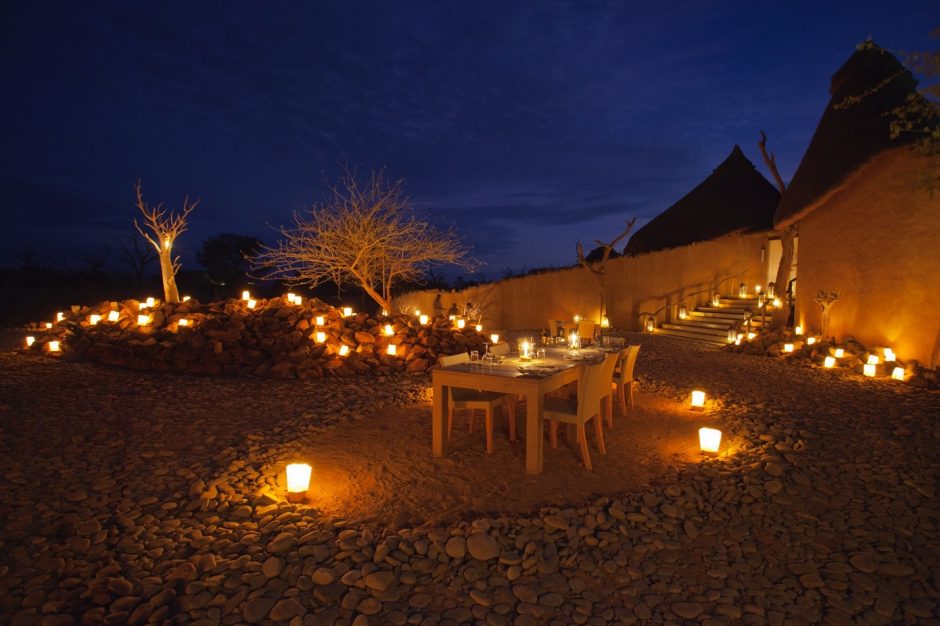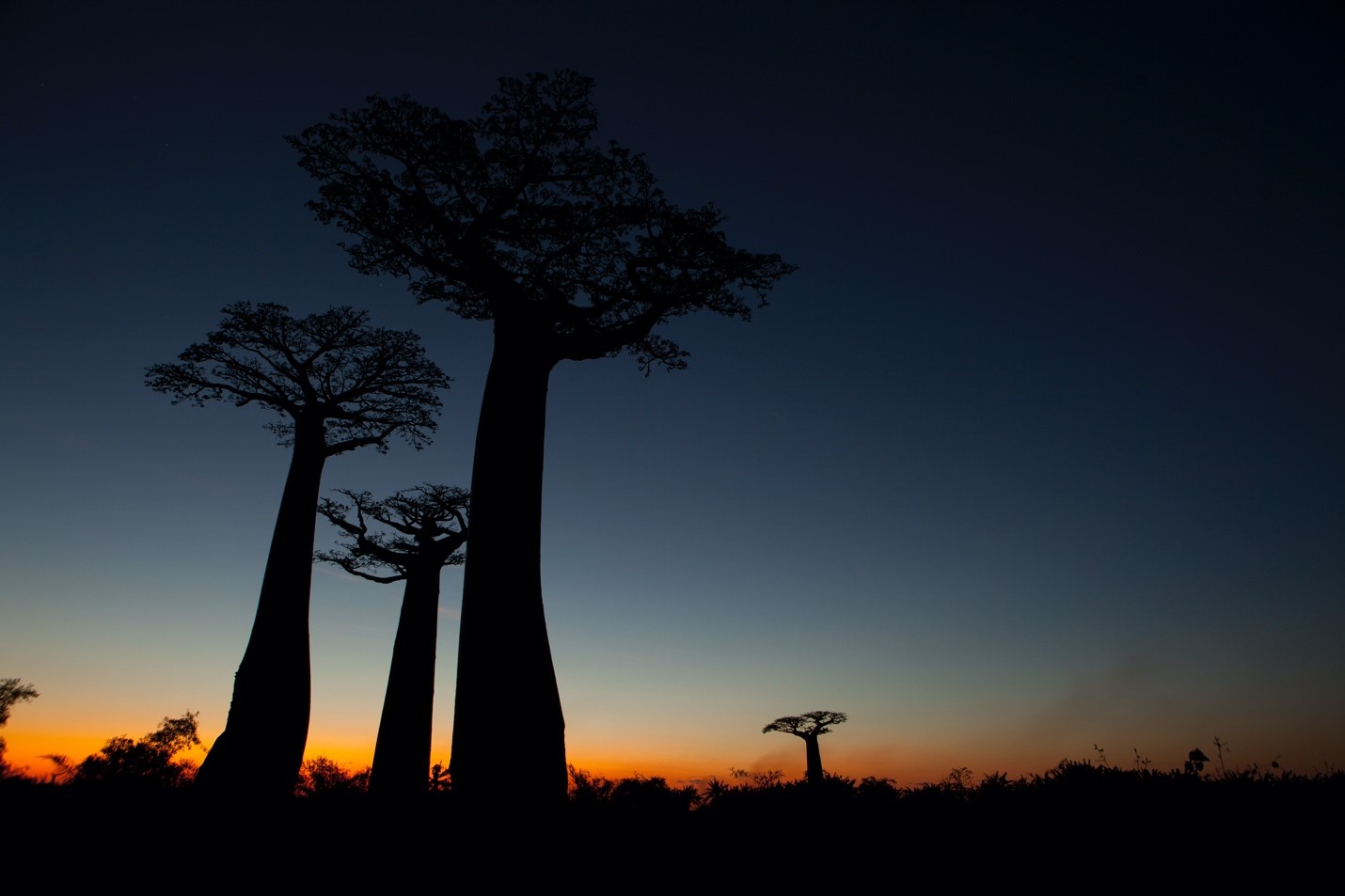
How to Photograph the “Blue Hour”
Night photography is pretty neat, but frankly speaking, the time just after sunset, and just before it gets fully dark may be one of the most dramatic time for certain types of “classic night photos.”
What is the Blue Hour?
First, it’s key that you understand the blue hour is a specific time of day when you get this really nice blue hue in the sky. That’s pretty much it. But what it gives to you as the photographer is much deeper than that.
The blue hour provides an amazing canvas on which to photograph interesting lighting, textures, and unique travel scenes without the worry of “blowing out” the bright spots of lights. If you have dabbled with night photography before, you know the last thing you want is a really bright light in your scene, as it’s just too bright compared to the surrounding darkness. The great thing about the blue hour is that it’s not quite fully dark, so you get a decent bit of ambient light to help lessen the severity of artificial lights, while at the same time yielding this magnificent, rich blue (and even violet/purple) color in the sky.

What to photograph during the “Blue Hour”?
Equally important to HOW to photograph this phenomenon is WHAT to photograph during this unique time of day. My top preference is to photograph places that have a unique juxtaposition of artificial (i.e., man made) lighting and really beautiful architecture. Because I love nature and travel, you’ll see most of my examples are from things like jungle lodges in the tropics, desert retreats, and al fresco dining in places like Botswana’s Kalahari.
But frankly, anything with a nice balance of beautiful lighting (lanterns, candlelight, etc.), and some cool things for that light to actually light up, all in the presence of a decently open sky is fair game.
How to best capture the blue hour?
Well the first thing is to find the appropriate place, as I describe in the first section. The key ingredients are:
- Some neat light source…the more “romantic” the better…things like candles, lanterns, antique streetlights, etc. It’s not that you can’t get a neat blue hour photo with a modern fluorescent bulb or interstate street light, but it’s not the first thing I gravitate to.
- A view of the sky. After all, the blue hour refers to the wonderfully rich, blue glow of the sky, so you want to try and feature that some how, some way.
- Something that the lights can illuminate. Again, the more interesting the better…candlelight dinners, al fresco dining, unique jungle lodges. However, don’t stop there…you can photograph just about anything, so go with your gut and your preferences for your own style of photography.

Once you find the key ingredients, it’s all about your camera settings, and set up.
First, you’ll almost invariably need a tripod. As you’ll see shortly, we’re talking about semi-slow shutter speeds, beyond which hand holding is really even an option.
Next, it’s really all about the time of day. This is actually just AFTER sunset, so it makes it a quite opportune time of day for photographers, who may already be photographing the sunset and have their gear at the ready. Generally speaking, we’re talking about the 20-30 minutes after the sun has gone down past the horizon. (pro tip: if you’re an early riser, you can actually get a nice blue hour before sunrise, too! But, it’s a bit more challenging because you must setup in the pure dark).
What you’ll notice, is that as it gets later into dusk, the blues become even richer just up until the moment when almost no color is left.
Finally, you’ve got to have the right settings dialed.
As you get ready for this specific time of day, in location, this is the time to dial your settings in. Because you will be doing long exposures, I recommend starting with a low ISO number (ISO 200 or 400), to get the best quality photo possible.
Next, I’d begin with an aperture of f/5.6 and a shutter speed of 3 seconds. Now take a test shot. You may be way off in lighting, depending on the exact time you take the shot. Time to adjust your settings.
If your resulting test shot is too dark, the first thing I would do is increase the shutter speed. Start by doubling it. Thus, if you begin at 3 seconds, go to 6 seconds.
If your shot is still WAY too dark, and you know that doubling the amount of light isn’t even close, consider dropping your aperture down a little in conjunction with increasing your shutter speed. I personally wouldn’t recommend going lower than f/4, as you want to preserve the integrity of your focus, especially with scenes that require a good bit of depth of field to really nail the shot.

In general, you can increase your shutter speed all the way up to 20 seconds, and if absolutely necessary, you can increase your ISO to 800, 1600, and even 2000. However, you absolutely will NOT need to do this until the final few shots of the blue hour time, as light begins to drop off and you’re entering true Night Photography territory. And remember, you do want your photo to be a bit dark, so you don’t need as much light as for a typical daytime shot simply because of the vibe you’re looking for.
As you get into very low light timing, you may begin to have trouble achieving focus. If that’s the case, you may want to try a trick I use for true night photography. When framing your shot, have a flashlight and shine it on something in the foreground (e.g., table, pathway, tree, etc.). Then use your camera’s autofocus to lock the focus, and then switch your focus from auto to manual, so that it “locks” the focus in for all resulting shots from that position.

The blue hour is truly a fantastic time of day to enjoy and photograph. And as you can see, it piggy backs with sunset, so why not stay out a bit later to capture this stunning, albeit fleeting, event and showcase your experiences in a whole different light.
Cheers,

Court

Leave a reply